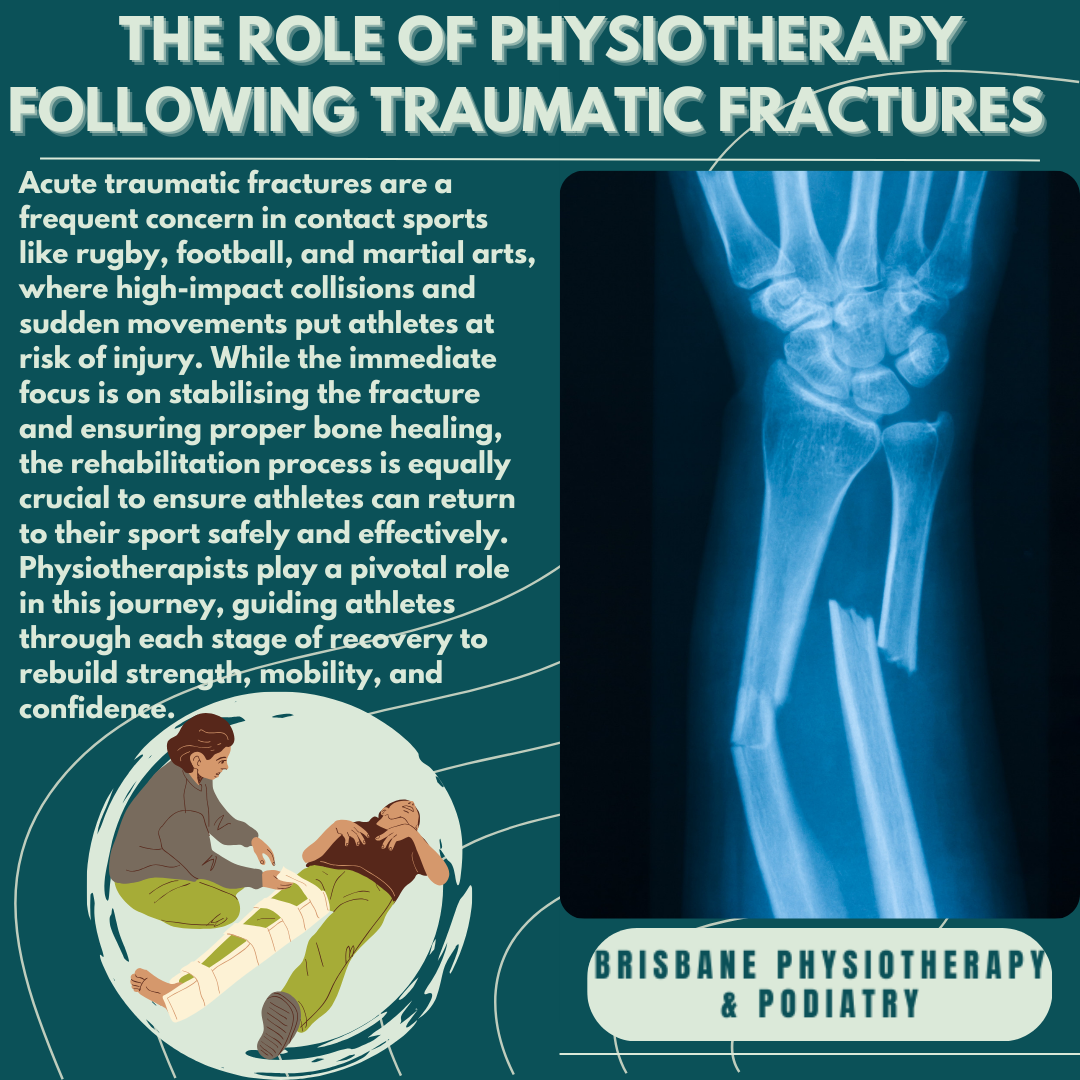News & Articles

Bracenfix Nail Bracing
Bracenfix is a modern, pain-free nail bracing system designed to correct the curvature of ingrown or involuted toenails over time. Much like dental braces, it works by applying gentle, continuous tension to the nail plate to lift and realign it as it grows, reducing pressure on the surrounding skin.

Why Your Imaging Results May Not Explain Your Pain
When experiencing persistent pain, especially in areas like the back or joints, it’s common to rely on imaging tests such as X-rays, MRIs, or CT scans to identify the cause. Many assume that if an imaging test shows something like a herniated disc or arthritis, it must be the reason for the pain. However, imaging results don’t always directly correlate with the pain you feel.

A Physiotherapist’s Guide to Hip Flexor Muscle Strains
Hip flexor muscle strains are a common injury that can affect anyone, whether you’re an athlete or someone who leads a more sedentary lifestyle. Understanding what causes this injury, how to recognise it, and how to treat it will help you recover faster and prevent future strains.

Physiotherapy Guide: Lateral Extra-Articular Tenodesis in ACL Repairs
LET is a surgical procedure performed alongside ACL reconstruction to reinforce the lateral side of the knee. It involves using a portion of the iliotibial (IT) band or another graft to create an extra-articular restraint that limits excessive internal rotation and anterior tibial translation. This additional support is especially beneficial for individuals with high-grade pivot-shift injuries or those engaging in high-risk sports such as football, rugby, and skiing.

Adductor Strains vs. Adductor-Related Groin Pain: Understanding the Difference
Adductor strains and adductor-related groin pain are two common issues that can affect athletes and active individuals, particularly in sports involving sudden changes in direction, kicking, or pivoting. While they may seem similar, it’s important to understand their differences to ensure proper diagnosis and treatment. This post explores the distinctions between adductor strains and adductor-related groin pain, and how physiotherapy can play a role in recovery.

Physiotherapy Guide: Understanding and Managing Osteitis Pubis in Athletes
Osteitis pubis (OP) is a common cause of groin pain in athletes, particularly those involved in sports that require repetitive stress or sudden movements, such as rugby, football, soccer, and hockey. This condition involves inflammation of the pubic symphysis, the joint at the front of the pelvis, and can cause significant pain, discomfort, and difficulty in performing sport-specific movements. OP can develop over time, typically due to repetitive trauma or overuse, but it can also arise from a sudden injury.

Hip Pointer Injuries in Contact Sports: A Physiotherapist’s Guide
Contact sports like football, rugby, hockey, and lacrosse are fast-paced and physically demanding—qualities that make them thrilling to play and watch, but also ripe for injury. One such injury that often flies under the radar but can be extremely painful and debilitating is the hip pointer. Though it may sound minor, a hip pointer can significantly limit athletic performance and daily movement. Fortunately, with the guidance of a physiotherapist, athletes can recover more efficiently and safely.

Physiotherapy Guide: Thumb Injuries in Rugby
While skier’s thumb is most commonly associated with winter sports, it can also occur in rugby, when the thumb is forcefully bent backward, often due to a tackle or a fall where the hand is extended or the thumb is caught in the opposition’s grip, jersey or on the ball. Skier’s thumb, which involves damage to the ulnar collateral ligament (UCL) of the thumb, can significantly impact a player’s ability to grip the ball, make tackles, or perform essential hand functions.

The Role of Physiotherapy Following Traumatic Fractures
Traumatic fractures are serious injuries caused by sudden, high-impact events like car accidents, falls, or sports incidents. These breaks often require urgent medical attention, including immobilization or surgery. However, setting the bone is just the beginning—the real challenge lies in regaining strength, mobility, and confidence during the recovery process.

Ulnar Collateral Ligament Injuries of the Elbow in Rugby
Rugby is a high-contact sport that places significant stress on the upper limbs, particularly the elbow. One of the most critical stabilisers of the elbow joint is the ulnar collateral ligament (UCL). UCL injuries, while more commonly associated with throwing sports like baseball, can occur in rugby due to tackling, scrummaging, and falls. Understanding the mechanisms, symptoms, treatment, and prevention of UCL injuries is essential for physiotherapists working with rugby athletes.
